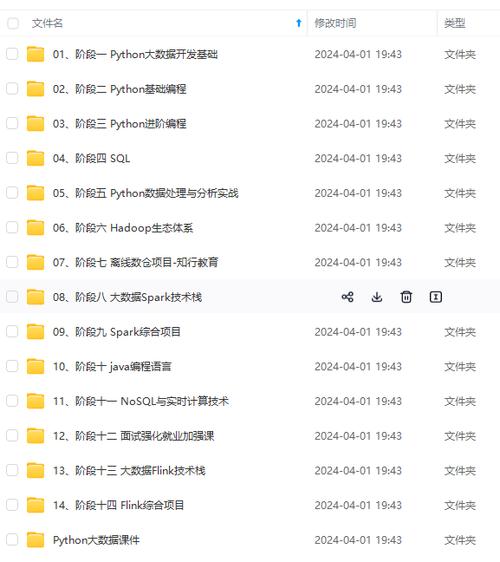在Linux环境下使用C语言读取INI文件,可以通过解析文件内容来实现,下面是一个详细的步骤和示例代码,展示如何读取INI文件并提取其中的配置信息。

INI文件格式
了解INI文件的基本格式,INI文件通常由节(section)、键(key)和值(value)组成,如下所示:
[Section1] key1=value1 key2=value2 [Section2] keyA=valueA keyB=valueB
读取INI文件的步骤
2.1 打开文件
使用标准库函数fopen来打开INI文件。
2.2 读取文件内容
逐行读取文件内容,可以使用fgets函数。
2.3 解析每一行
根据INI文件的格式,解析每一行的内容,提取节、键和值。

2.4 存储配置信息
将解析出来的配置信息存储在一个合适的数据结构中,例如哈希表或链表。
示例代码
以下是一个示例代码,展示如何在C语言中读取INI文件并解析其内容:
#include <stdio.h>
#include <stdlib.h>
#include <string.h>
#define MAX_LINE_LENGTH 256
#define MAX_SECTION_NAME 50
#define MAX_KEY_NAME 50
#define MAX_VALUE_NAME 50
typedef struct {
char section[MAX_SECTION_NAME];
char key[MAX_KEY_NAME];
char value[MAX_VALUE_NAME];
} IniEntry;
void trim(char *str) {
char *end;
while (isspace((unsigned char)*str)) str++;
if (*str == 0) return;
end = str + strlen(str) 1;
while (end > str && isspace((unsigned char)*end)) end--;
end[1] = ' ';
}
int main() {
FILE *file = fopen("config.ini", "r");
if (!file) {
perror("Failed to open file");
return EXIT_FAILURE;
}
char line[MAX_LINE_LENGTH];
char current_section[MAX_SECTION_NAME] = "";
IniEntry entries[100]; // Assuming we have at most 100 entries for simplicity
int entry_count = 0;
while (fgets(line, sizeof(line), file)) {
trim(line);
if (line[0] == '[') {
// New section
char *end = strchr(line, ']');
if (end) {
*end = ' ';
strncpy(current_section, line + 1, sizeof(current_section));
trim(current_section);
}
} else if (line[0] != ';' && line[0] != ' ') {
// Key-value pair
char *equal_sign = strchr(line, '=');
if (equal_sign) {
*equal_sign = ' ';
char *key = line;
char *value = equal_sign + 1;
trim(key);
trim(value);
strncpy(entries[entry_count].section, current_section, sizeof(entries[entry_count].section));
strncpy(entries[entry_count].key, key, sizeof(entries[entry_count].key));
strncpy(entries[entry_count].value, value, sizeof(entries[entry_count].value));
entry_count++;
}
}
}
fclose(file);
// Print the parsed entries
for (int i = 0; i < entry_count; i++) {
printf("Section: %s, Key: %s, Value: %sn", entries[i].section, entries[i].key, entries[i].value);
}
return EXIT_SUCCESS;
} 解释代码
4.1trim函数
用于去除字符串两端的空白字符。
4.2 打开文件
使用fopen函数打开INI文件,如果失败则打印错误信息并退出程序。

4.3 读取和解析文件内容
使用fgets逐行读取文件内容,并根据INI文件的格式解析每一行,如果是新的节,则更新当前节的名称;如果是键值对,则将其存储到entries数组中。
4.4 存储配置信息
将解析出来的配置信息存储在entries数组中,并在最后打印出来。
通过上述步骤和示例代码,我们可以在Linux环境下使用C语言读取和解析INI文件,这种方法简单且易于理解,适用于大多数基本的INI文件解析需求,对于更复杂的INI文件解析需求,可以考虑使用现有的INI解析库,如libini等。
各位小伙伴们,我刚刚为大家分享了有关linux c 读取ini的知识,希望对你们有所帮助。如果您还有其他相关问题需要解决,欢迎随时提出哦!
本文来源于互联网,如若侵权,请联系管理员删除,本文链接:https://www.9969.net/84396.html

